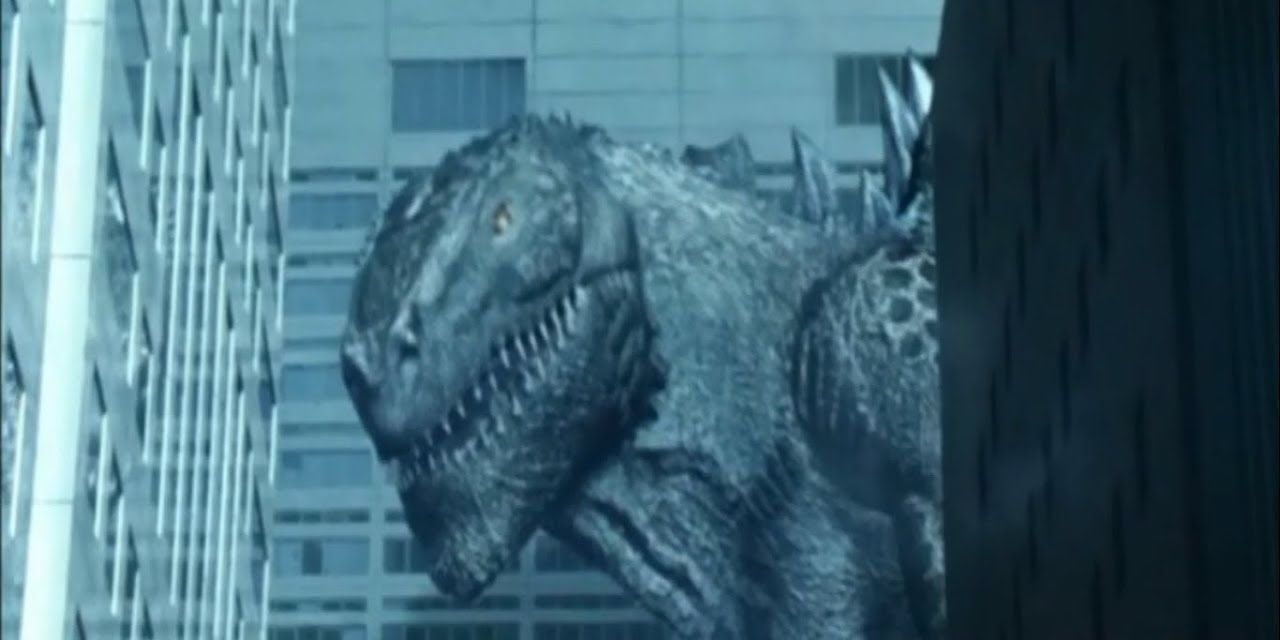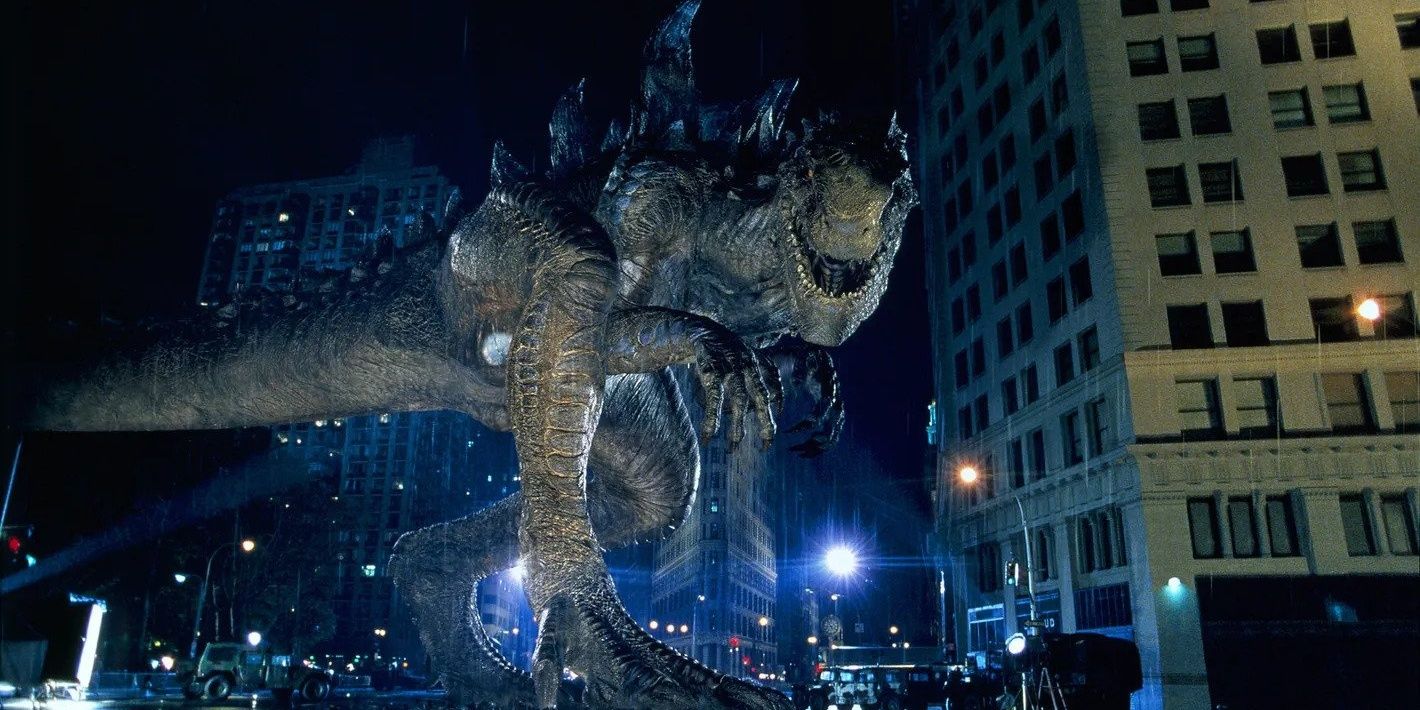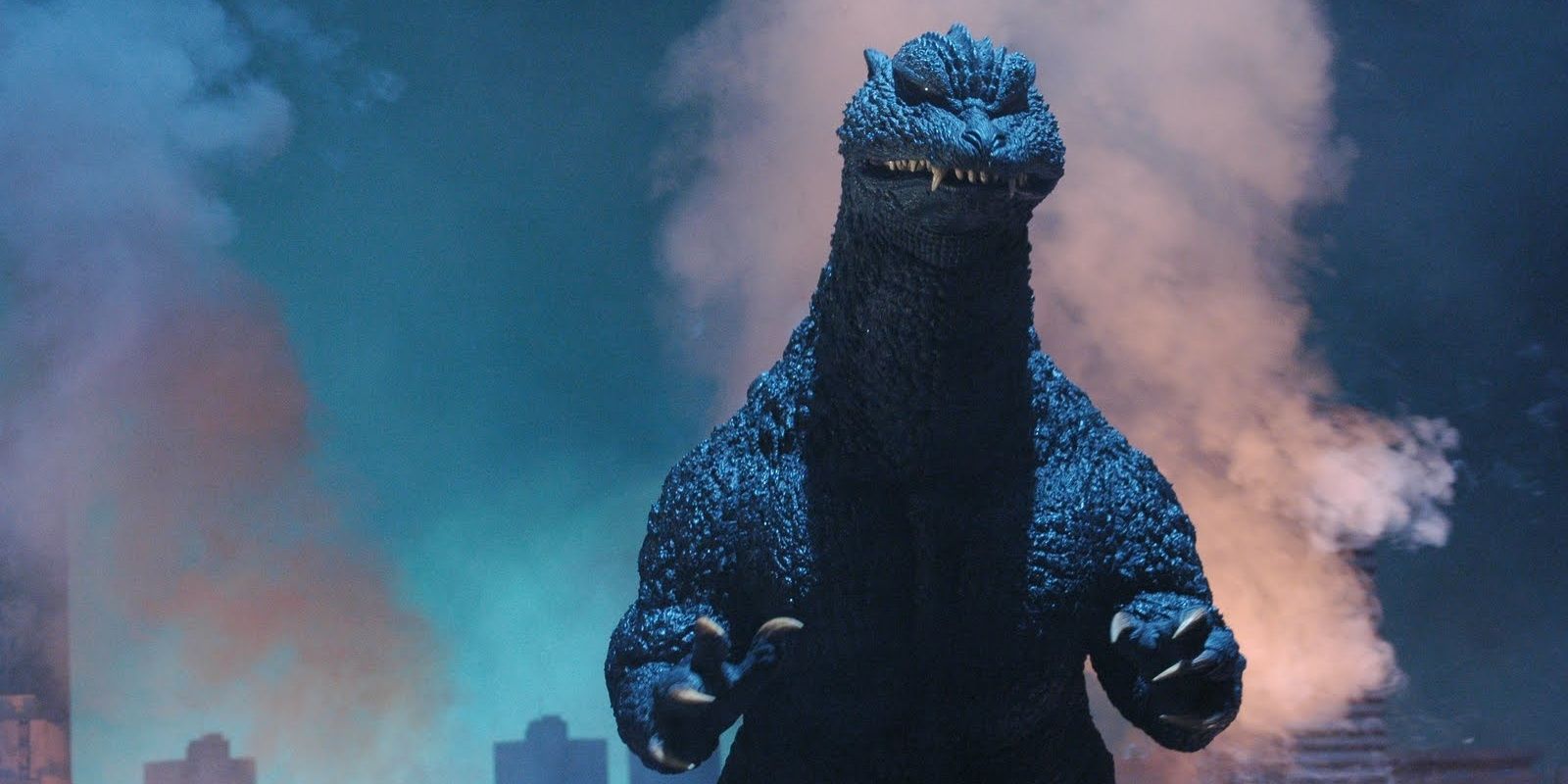The 1998 American Godzilla film was rightfully despised by hardcore fans of the kaiju franchise and general audiences. It's been largely forgotten, thanks in part to the much better efforts of Legendary Pictures over the previous decade. However, in 2004, the studio that owns the original Godzilla decided to ensure that the new creature using his name would be remembered appropriately.
There are a lot of lesser-known members of Godzilla's giant monster entourage. Everyone knows his rival King Kong, and most people could probably name Mothra or King Ghidora, but there are quite a few kaiju that didn't leave a lasting impact. When Toho decided to bring everyone in for a blowout film, they also dragged American Godzilla along for a fond farewell.
In the 90s, producer Henry G. Saperstein decided to use the goodwill he'd gathered from bringing the Godzilla films to the United States to pitch an original American take on the King of the Monsters. The idea was shopped around for a while before it ended up at TriStar Pictures. The company had a deal with Toho Co. to produce a trilogy, which fell through for obvious reasons. Enter Rolland Emmerich and his longtime collaborator Dean Devlin. Both men were riding high on the success of Independence Day. They were the first name on the call sheet when Hollywood needed a lot of stuff blown up. They signed on, but they insisted on creative control, leading TriStar to scrap everything they had so far. Emmerich reportedly believed that the original 1954 design of Godzilla didn't make logical sense, so he insisted on a new look. His primary concern was that it could run very fast. Toho hated the new look, but with series co-creator Tomoyuki Tanaka in a hospital bed, they approved it anyway.
Easily the smartest thing about 1998's Godzilla was its marketing push. For all his faults, Emmerich had one brilliant idea. He insisted that the look of his creature should be kept carefully hidden. TV ads never showed the beast in its entirety, billboard and bus ads only referenced his size, and audiences never saw Emmerich's Godzilla until they got into the theater. When they did see it, they hated it. Everyone hated it. It's a glorified Tyrannosaurus rex with spines and long legs. It was ruthlessly mocked by just about everyone who saw it, and it swiftly became a go-to example for America's ability to ruin foreign art. Toho was unhappy, and they chose to address that unhappiness in the funniest way possible.
In the early 2000s, Metal Gear Solid: The Twin Snakes director Ryuhei Kitamura was in the process of creating his beloved kaiju classic Godzilla: Final Wars. If the Godzilla movies were a cinematic universe, Final Wars would be their Avengers: Endgame. Every major player and minor figure was back to fight against or alongside the King of the Monsters on his 50th birthday. Kitamura committed to the idea, eventually asking producer Shōgo Tomiyama whether they had the right to use Emmerich's Godzilla. They discovered that they had every right to use the beast. Tomiyama dubbed the creature "Zilla," both as a reference to off-brand merchandise using the suffix and as an insult to its design. He felt that the American Godzilla took "God" out of the equation by making it a normal animal. With the rights secured, Kitamura gave Zilla the perfect role in his film.
Zilla is in Final Wars for less than a minute. His origins are left completely blank. He just appears suddenly in Sydney, Australia, where he can be seen wrecking random objects for about 12 seconds. He's teleported out of the scene by the film's antagonists, a race of powerful aliens. Later in the film, he is transported right back to Sydney to do battle with the real Godzilla. The also lasts only a few seconds. Zilla leaps, throwing his body at Godzilla with all of his might. He is easily knocked aside by a swipe of Godzilla's tail. He lands in a heap, destroying the Sydney Opera House under his bulk. Godzilla inhales and reduces Zilla to ash with a single burst of his atomic breath. For all intents and purposes, Zilla died then and there. This brief execution is set to Sum 41's classic track "We're All to Blame." The DVD release of the film made the fight's intentions clear, titling the scene "Pretender to the throne."
On a cosmic level, it's very funny that an artist's response to someone else messing with their vision is to kill it in fiction. More creators should let their characters live out their squabbles on the big screen. There's something so cathartic about them demonstrating their supremacy over the design no one liked. It's hard to imagine how satisfying it must have been for people working on the project. Zilla didn't really deserve better. The best fate he could have hoped for was to die doing what he loved, trying and failing to outdo Godzilla.



